3-HO-PCP HCL
$12.00 – $180.00
Like other substances of its class, particularly methoxetamine (MXE), phencyclidine (PCP), and 3-MeO-PCE, it is referred to as dissociative anesthesia. 3-HO-PCP was first synthesized in 1978 to investigate the structure-activity relationship of phencyclidine (PCP) derivatives. It was further explored alongside PCP in the 1980s where it was discovered to possess μ-opioid agonist.
3-HO-PCP DOSAGE
3-Hydroxyphencyclidine commonly known as 3-HO-PCP supplied by us in the highest quality white crystalline powder form. 3-HO-PCP is available in the quantities 0,25gr, 0,5gr, 1gr, 2gr or 5gr.
| Amount | Purity |
| 0,25 gram | > 97% |
| 0,5 gram | > 97% |
| 1 gram | > 97% |
| 2 gram | > 97% |
| 5 gram | > 97% |
3-HO-PCP CHEMICAL DATA
| Chemical name | 3-[1-(Piperidin-1-yl)cyclohexyl]phenol |
| Formula | C17H25NO |
Responsible Research with 3-HO-PCP
Always practice responsible research. You should read and educate yourself before undertaking research with any chemical. The Psychonaut Wiki has some very helpful resources and information on 3-HO-PCP.
WARNING This product is not for human or veterinary use.
FREE EXCLUSIVE PRODUCT INFO CHEMCARD WITH EVERY ORDER!!
Printed on premium card with copper foil inlay, soft-touch lamination, and exclusive custom artwork.
Have a look at them here.
DESCRIPTION
3-HO-PCP POWDER INFORMATION
The chemical is available in powder. In addition to this RC, we have several chemicals and accessories. Think of scales, empty capsules in different sizes and closure bags.
HAZARD STATEMENTS 3-HO-PCP POWDER:
- 3-HO-PCP can cause respiratory and eye irritation. Never discharge research chemicals into the environment.
SAFETY RECOMMENDATIONS:
IF THE CRYSTAL WITH THE EYES: Rinse carefully with water for at least 10 to 15 minutes, remove contact lenses if necessary. In case of skin contact: Rinse with water, if possible also with soap. When inhaled: Get fresh air and adopt a position that promotes breathing.
- Don’t expose the powder to heat sources. Store it in a dry environment at room temperature and store in a good container and keep out of the reach of children. Good stability of the 3-HO-PCP powder under the above conditions can take up to 2 years.
BUY 3-HO-PCP
Like other substances of its class, particularly methoxetamine (MXE), phencyclidine (PCP), and 3-MeO-PCE, it is referred to as dissociative anesthesia. 3-HO-PCP was first synthesized in 1978 to investigate the structure-activity relationship of phencyclidine (PCP) derivatives. It was further explored alongside PCP in the 1980s where it was discovered to possess μ-opioid agonist.
However, very little research has been done on this topic, so there is a lot of potential here for enthusiastic researchers. It is strongly recommended when handling research chemicals to use the proper harm reduction practices if choosing to use this substance for research purposes.
HOW TO USE 3-HO-PCP POWDER?
Buy 3-HO-PCP in the highest quality powder form. Phencyclidine PCP available in the quantities 0,25gr, 0,5gr, 1gr, 2gr or 5gr. Ensure to store the 3-HO-PCP powder in a dry and cool place for maximum shelf-life. Store in a dry and cool place for maximum shelf-life. When handling research chemicals ensure to always take the proper precautions in the laboratory like wiping down surfaces and wearing gloves, a mask & protective clothing.
DEFINITION 3-HO-PCP
The definition of 3-HO-PCP is officially known as 3-Hydroxyphencyclidine. It’s a dissociative of the arylcyclohexylamine class related to phencyclidine.
3-HO-PCP was first synthesized in 1978 to research the structure of phencyclidine also known as PCP derivatives.
CHEMISTRY BACKGROUND INFORMATION 3-HO-PCP
The structure of 3-Hydroxyphencyclidine consist of cyclohexane. It’s a six-membered saturated ring. It consist from a piperidine ring and a aromatic phenyl ring. It was further explored together with phencyclidine in the 1980s. Researchers discovered that it possesses μ-opioid agonists.
Like other substances in the arylcyclohexylamine class, particularly methoxetamine, phencyclidine, and 3-MeO-PCE, 3-HO-PCP is referred to as “dissociative anesthesia”, albeit the extent to which this occurs has been reported to be highly dose-dependent and variable in its research outcomes.
WHERE TO BUY 3-HO-PCP
3-HO-PCP can be purchased here on the Realchems website. We sell premium quality 3-FPM, typically in powder. However, we often have other substance forms available, so feel free to contact us to see if we have your preferred substance form in stock. You must be at least 18 years old to buy 3-HO-PCP from us.
What is 3-HO-PCP?
3-Hydroxyphencyclidine (commonly known as 3-HO-PCP) is a novel dissociative substance of the arylcyclohexylamine class that produces potent dissociative, hallucinogenic and euphoric effects when administered. In addition to its primary activity as a NMDA receptor antagonist, it has been found to have appreciable affinity for the μ-opioid receptor.
3-HO-PCP was first synthesized in 1978 to investigate the structure-activity relationship of phencyclidine (PCP) derivatives. It was further explored alongside PCP in the 1980s, where it was discovered to possess μ-opioid agonist activity in animal models.
Like other substances of its class, particularly methoxetamine (MXE), phencyclidine (PCP), and 3-MeO-PCE, it is known to primarily induce a state referred to as “dissociative anesthesia”, albeit the extent to which this occurs has been reported to be highly dose-dependent and variable in its effects. It is unknown whether the studied opioid properties in animal models applies to humans, with some early reports suggesting that it does not.
Today, 3-HO-PCP is almost exclusively distributed as a gray area research chemical by online vendors. Extremely little is known about its pharmacology, metabolism and toxicity in humans. Due to its sensitive dose-response, potential habit-forming properties, as well as unknown toxicity profile, it is strongly recommended that one use proper harm reduction practices if choosing to use this substance.
Chemical Properties
3-HO-PCP, or 3-hydroxyphencyclidine, is a synthetic dissociative of the arylcyclohexylamine class. The structure of 3-HO-PCP consists of cyclohexane, a six-membered saturated ring, bonded to two additional rings at R1. One of these rings is a piperidine ring, a nitrogenous six member ring, bonded at its nitrogen group. The other ring is an aromatic phenyl ring, substituted at R3 with a hydroxy group.
3-HO-PCP is a structural analog of PCP and a homolog 3-MeO-PCP.
Pharmacological effects
Like other arylcyclohexylamine dissociatives, 3-HO-PCP acts principally as an NMDA receptor antagonist. The NMDA (N-Methyl-D-Aspartate) receptor, a specific subtype of the glutamate receptor, modulates the transmission of electrical signals between neurons in the brain and spinal cord; for the signals to pass, the receptor must be open. Dissociatives inhibit the normal functioning NMDA receptors by binding to and blocking them. This disruption of neural network activity causes network disintegration, some research suggests, by hyperconnectivity throughout the brain. This causes an increase in noise (random, nonsensical and erroneous data) on the cerebral network and thus produces loss of normal cognitive and affective processing, psychomotor functioning, anesthesia. This is often observed in those showing psychosis or induced with high-dose IV THC or Ketamine in healthy participants.
Unlike many other dissociatives, 3-HO-PCP has also been found to have appreciable affinity as a μ-opioid receptor agonist in animal models. However, the extent to which this applies to humans remains unknown.
Some of the most commonly reported effects are:
- Stimulation
- Spontaneous bodily sensations
- Anxiety suppression
- Physical & cognitive euphoria
- Tactile enhancement
Potential Side Effects
- Sedation
- Conceptual thinking
- Déjà vu
- Orgasm suppression
- Ego death
Legality
3-HO-PCP is classified as illegal in:
- United Kingdom
- Switzerland
- Sweden
- Turkey
This list is not exhaustive, so do your own research into the legal status in your country before ordering!
How to Buy 3-HO-PCP
You can buy 3-HO-PCP and other dissociatives like 3-HO-PCE, 3-MeO-PCP, and DCK here at Chemical-Vendor. All of our chemicals are third party lab tested.
All of our chemicals are strictly for research and analytical purposes only and not for human consumption.
Product Specifications:
Product Name: 3-HO-PCP hydrochloride
Other Name(s): 3-hydroxyphencyclidine hydrochloride
IUPAC Name: 1-[1-(3-hydroxyphenyl)cyclohexyl]-piperidine hydrochloride
CAS: 79787-43-2
Molar Mass: 295.9 g/mol
| Disclaimer | Our 3-HO-PCP Powder is strictly for laboratory use only and is not approved for human consumption. Any mention of dosage/feeding to humans or animals or anything consumption related is not acceptable. |
|---|
| Amount |
0.25g ,0.5g ,1g ,2g ,5g |
|---|
Related products
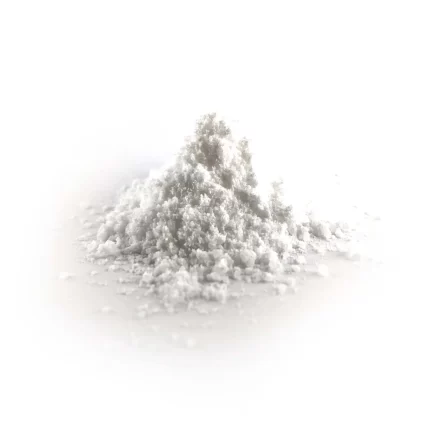

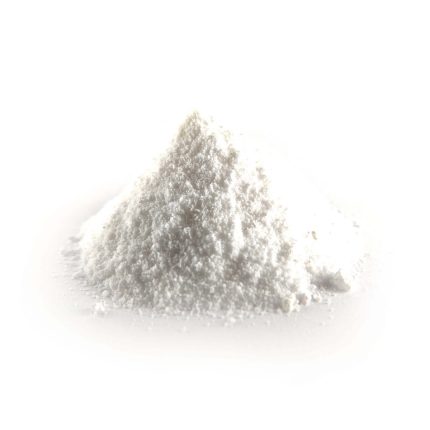

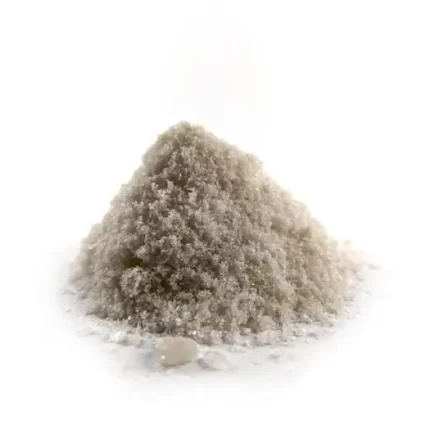


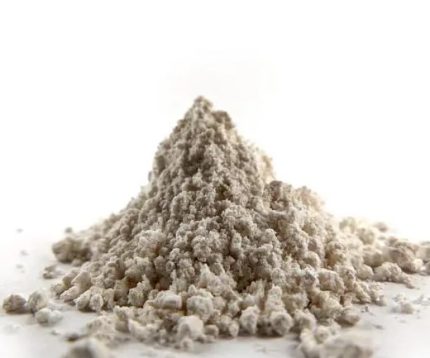

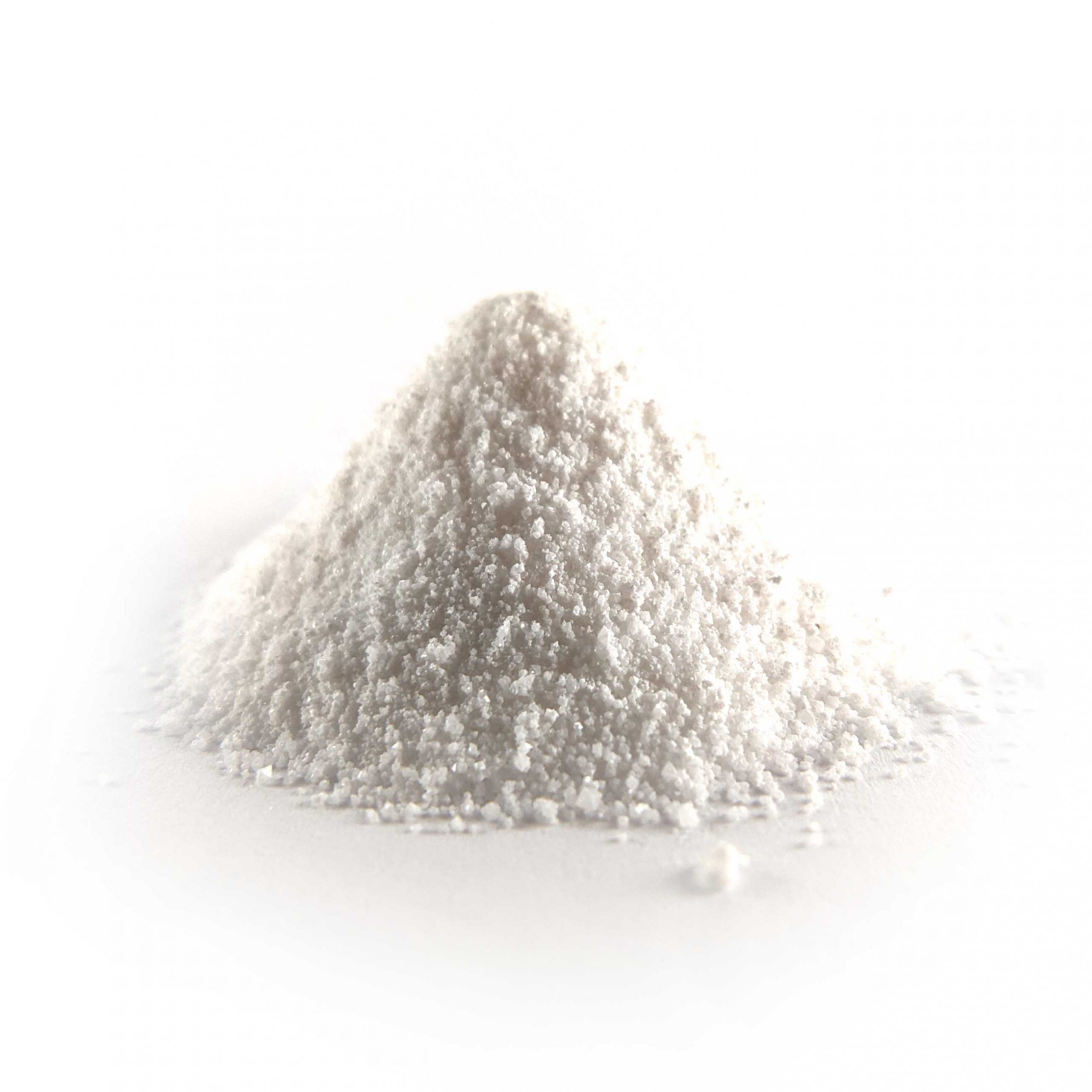

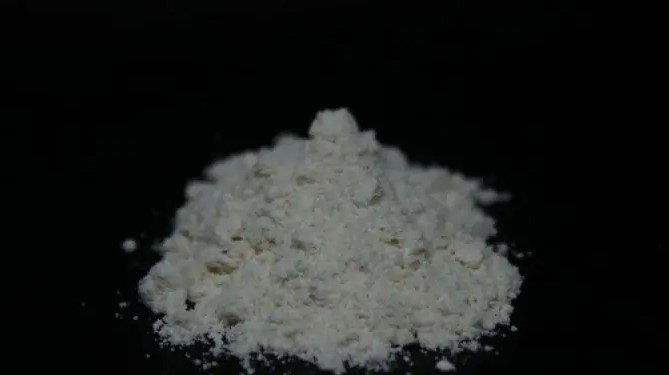
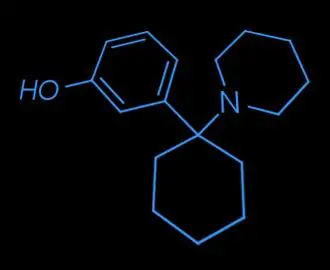
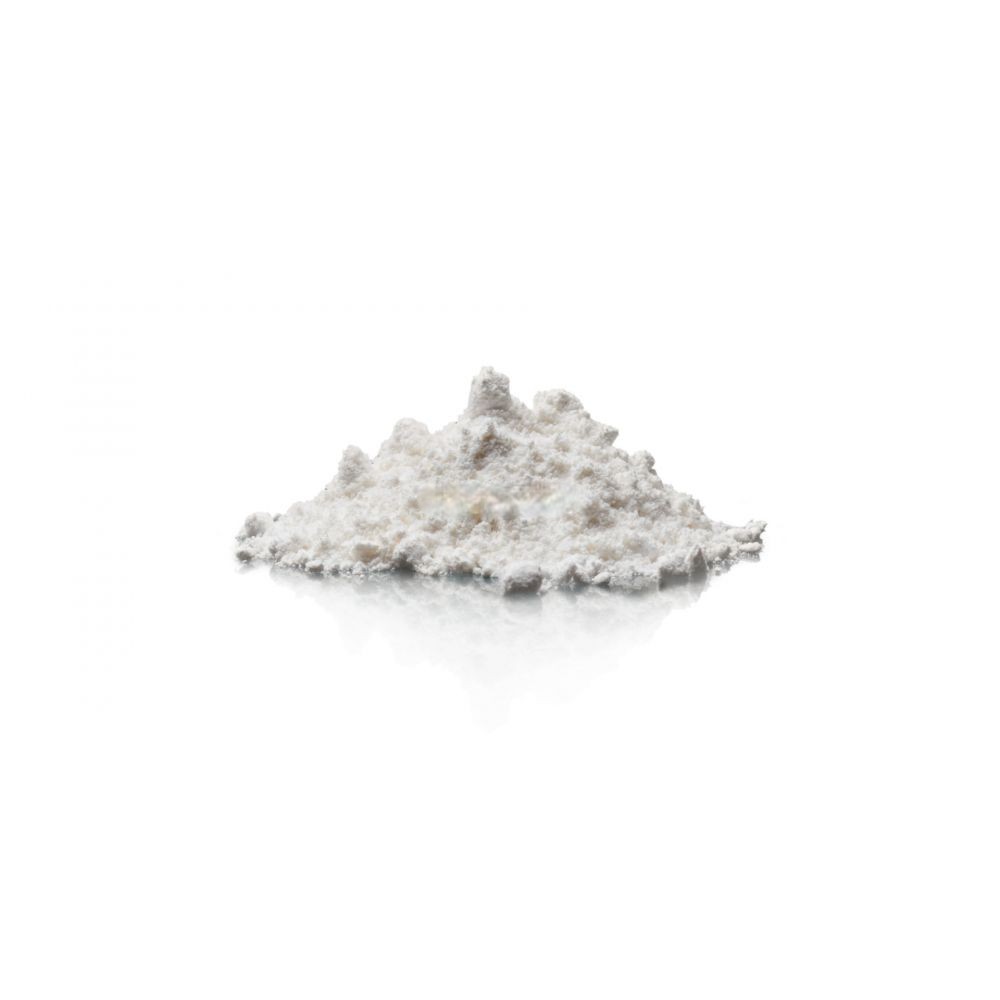
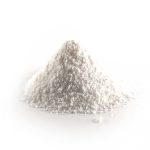


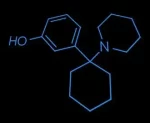
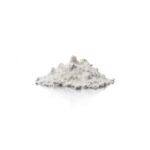
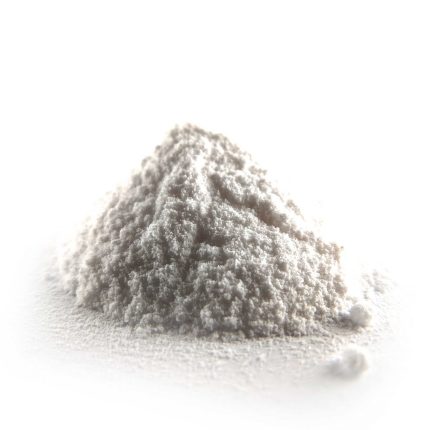




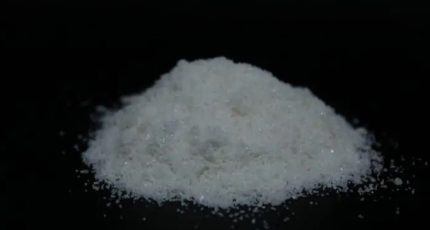
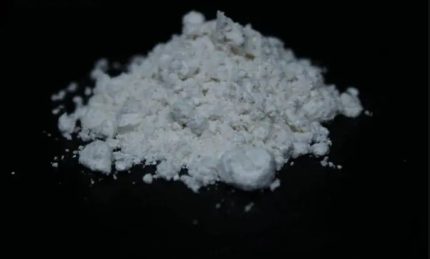
Reviews
There are no reviews yet.